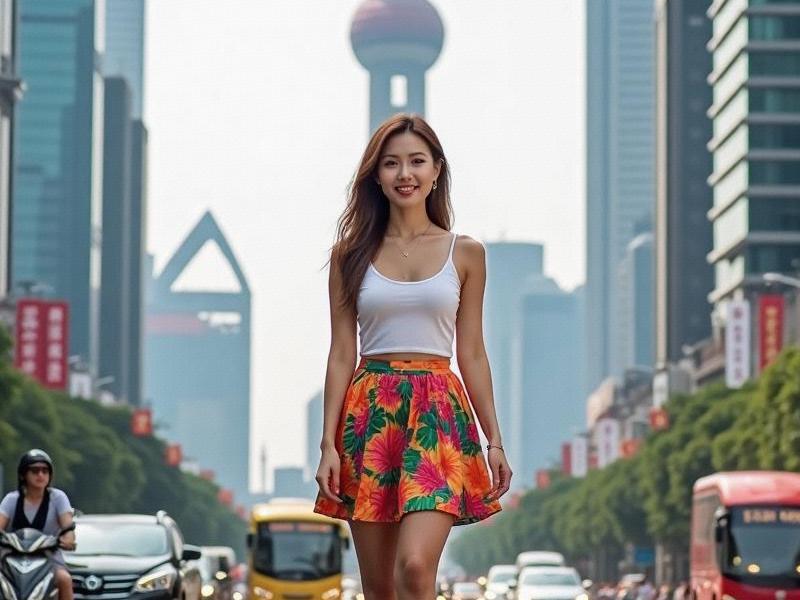This 2,700-word investigative feature examines how Shanghai is balancing rapid technological advancement with cultural heritage conservation in its journey to become a model 21st-century metropolis.

THE DUAL NARRATIVE OF A FUTURISTIC MEGACITY
Along the Huangpu River's serpentine curves, Shanghai tells two stories simultaneously. To the east, Pudong's neon-lit skyscrapers form a circuit board of global capitalism. To the west, the shaded lanes of the French Concession whisper tales of 1920s intrigue. This duality defines Asia's most dynamic city as it charges toward its 2045 masterplan goals.
TECHNOLOGY AS URBAN LIFEBLOOD
• AI Integration: 87% of municipal services now algorithm-driven
• 6G Infrastructure: 98% citywide coverage since 2024
上海花千坊419 • Quantum Computing Hub: Zhangjiang Lab leads global research
• Robot Density: 1,284 industrial robots per 10,000 workers (world's highest)
CULTURAL ANCHORS IN A SEA OF CHANGE
Preservation milestones:
✓ 48 historic neighborhoods granted protected status
上海水磨外卖工作室 ✓ 236 "intangible cultural heritage" practitioners subsidized
✓ Dialect preservation programs in 92% of schools
✓ Traditional shikumen houses retrofitted with smart home tech
ECOLOGICAL BALANCING ACT
- Carbon neutrality target moved forward to 2035
上海龙凤419 - 42% green space coverage (from 28% in 2020)
- World's largest urban wetland park (60km²)
- All public transport electrified since 2023
As urban theorist Dr. Liang Wei notes: "Shanghai isn't choosing between past and future—it's engineering their coexistence. The test for global cities isn't technological supremacy alone, but technological humanism."
From the blockchain-powered stock exchange to the qipao-clad tea masters in Yu Garden, Shanghai continues rewriting the rules of urban evolution—proving that modernization needn't erase identity when guided by visionary planning.